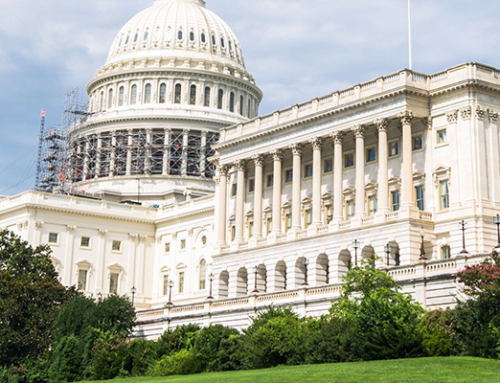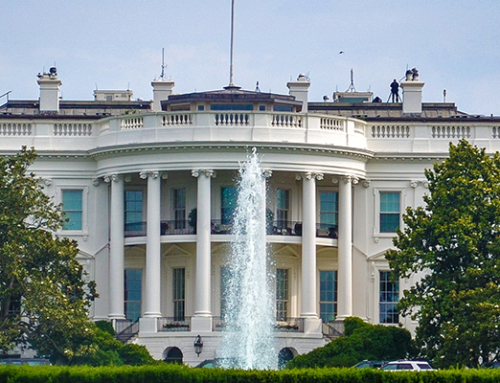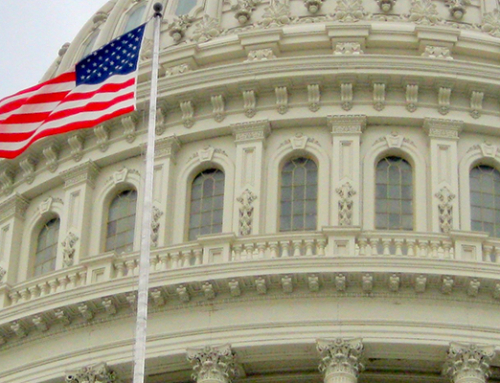On April 2, 2020, US DOL released the first of a series of program letters interpreting the provisions of the Coronavirus Aid, Relief, and Economic Security (CARES) Act of 2020 (UIPL 14-20)
Highlights of the UI-PL provide some important guidance for states in implementing the new law, including:
Emergency increase in unemployment compensation benefits, called Federal Pandemic Unemployment Compensation (FPUC) (Section 2104)
This program provides an additional $600 per week to individuals who are collecting regular UC (including Unemployment Compensation for Federal Employees (UCFE) and Unemployment Compensation for Ex-Servicemembers (UCX)), PEUC, PUA, EB, STC, Trade Readjustment Allowances (TRA), Disaster Unemployment Assistance (DUA), and payments under the Self Employment Assistance (SEA) program. This is available for weeks of unemployment beginning after the date on which the state enters into an agreement with the Department and ending with weeks of unemployment ending on or before July 31, 2020.
Comment:
Disincentive to Return to Work?
The additional $600 per week will result in many cases in the Pandemic payment exceeding the amount to be paid in regular unemployment compensation. In the case of those partially unemployed or being paid STC the $600 will substantially exceed the amount otherwise paid for the week. The total amount of compensation in these cases with the additional $600 may exceed the weekly wages that were previously paid to the individual. This may create a disincentive for unemployed workers to return to work. However, non-wage compensation, health insurance, pensions, etc. may also be considered as individuals make decisions about returning to work. Also, it is an ongoing requirement of claiming regular unemployment compensation that individuals be able to work, available to work and actively seeking work. The extra $600 will provide support until the impact of the COVID-19 pandemic subsides. As jobs become available in recovery and the short term program ends hopefully the transition will encourage workers to return to work without unnecessary delay.
Cash Flow Management
As the extra $600 is added to payments of regular unemployment compensation the daily cash needs of UI trust fund accounts will increase and trust fund balances will be significantly reduced from the amounts previously anticipated. This ripples through the UI system impacting state treasury custodial account balances, earnings used to cover fund management costs, and the trust fund balance as of the computation date. It will be important to assure that the US Treasury provides timely reimbursement to the UI trust fund for amounts paid in Pandemic payments.
State UI Rate Computation
The computation date for UI Contributions for rates for 2021 in most states is July 1, and is based on contributions paid, benefits charged, payroll, and in many states the balance in individual employer accounts and/or the state unemployment trust fund. States and the Treasury should assure that amounts paid in Pandemic $600 payments are not factored into employer contribution rates and do not result in a statement of a reduced state UI trust fund balance as of the computation date. Reimbursements from the Treasury must account for the pandemic payments for the period ending June 30th even if the reimbursement is received later in the year. Also, careful management and coordination with Treasury is needed to assure that interest earnings on positive balances accounts are not adversely impacted by increased payments through the UI trust fund.
Solvency/FUTA Offset Credit Reductions
The cash flow and reimbursement management is not only important to avoid UI contribution rate increases but also to avoid borrowing and the imposition of reductions in the FUTA offset credit. States should assure that delays in reimbursement by the Treasury do not impact whether the state UI trust fund has a negative balance as of January 1, 2021 and each year thereafter. Some state trust funds may be at risk of showing negative trust fund balances as of January 1, 2021 that would trigger the potential of FUTA tax increases for 2022 if a positive balance is not restored by January 1, 2022.
Early recognition of these issues and planning for careful accounting and expedited reimbursement from the Treasury will avoid unanticipated consequences in state and federal UI related tax rates. State UI rates are likely to increase on average for 2021, 2022, and 2023 just based on projected claims increases and payroll reductions.
Funding for States
For benefit programs included in the CARES Act, full reimbursement of benefits payable for PUA, FPUC, and PEUC will be made available to state agencies through Treasury’s Automated Standard Application for Payments (ASAP) system.
Comment: The UI-PL does not as yet answer the question of whether employers will not be charged for the Pandemic payments or if there will be reimbursement for individual reimbursing employer accounts.
Federal funding for emergency unemployment relief for governmental entities and nonprofit organizations and temporary full federal funding of the first week of regular compensation for states with no waiting week will be provided for as transfers from the Federal Unemployment Account to state unemployment accounts
Comment: The UI-PL does not address the specifics of charging or reimbursement to individual reimbursing employer accounts or the payment of the waiting week.
This UI-PL is the first of a series. We expect additional guidance next week.






